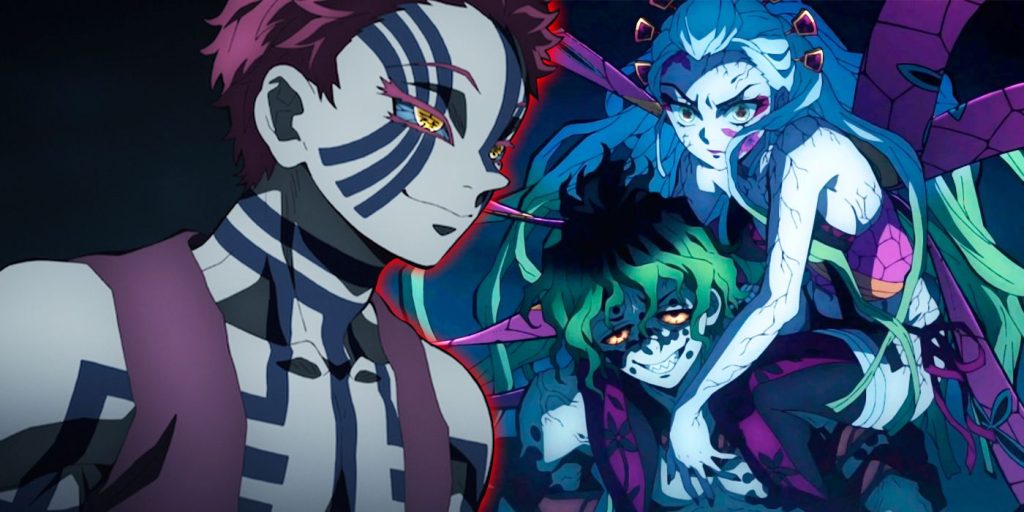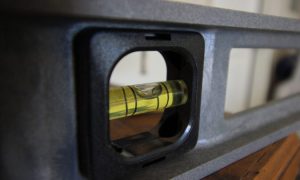Plenty of shonen aanime series have a main group of villains, and in the case of Demon Slayer, the twelve Kizuki (or the Demon Moons) are the elite faction of protagonists. For centuries, the Demon Moons have served as the counterpart to the nine powerful Hashira, with each group being made up of the most powerful fighters on each side. In some ways, the Moons are an accurate reflection of the Hashira, but the twelve demons also differ from the slayers in critical ways.
The very existence and nature of the demon Moons reveals a lot about demonkind, beyond the basic facts of their ranks and their respective abilities. Any casual Demon Slayer fan can see how the demon Moons fight and why they are a grave threat to the Demon Slayer Corps, but on a thematic level, there is much more to explore about Muzan Kibutsuji’s hand-picked elite.
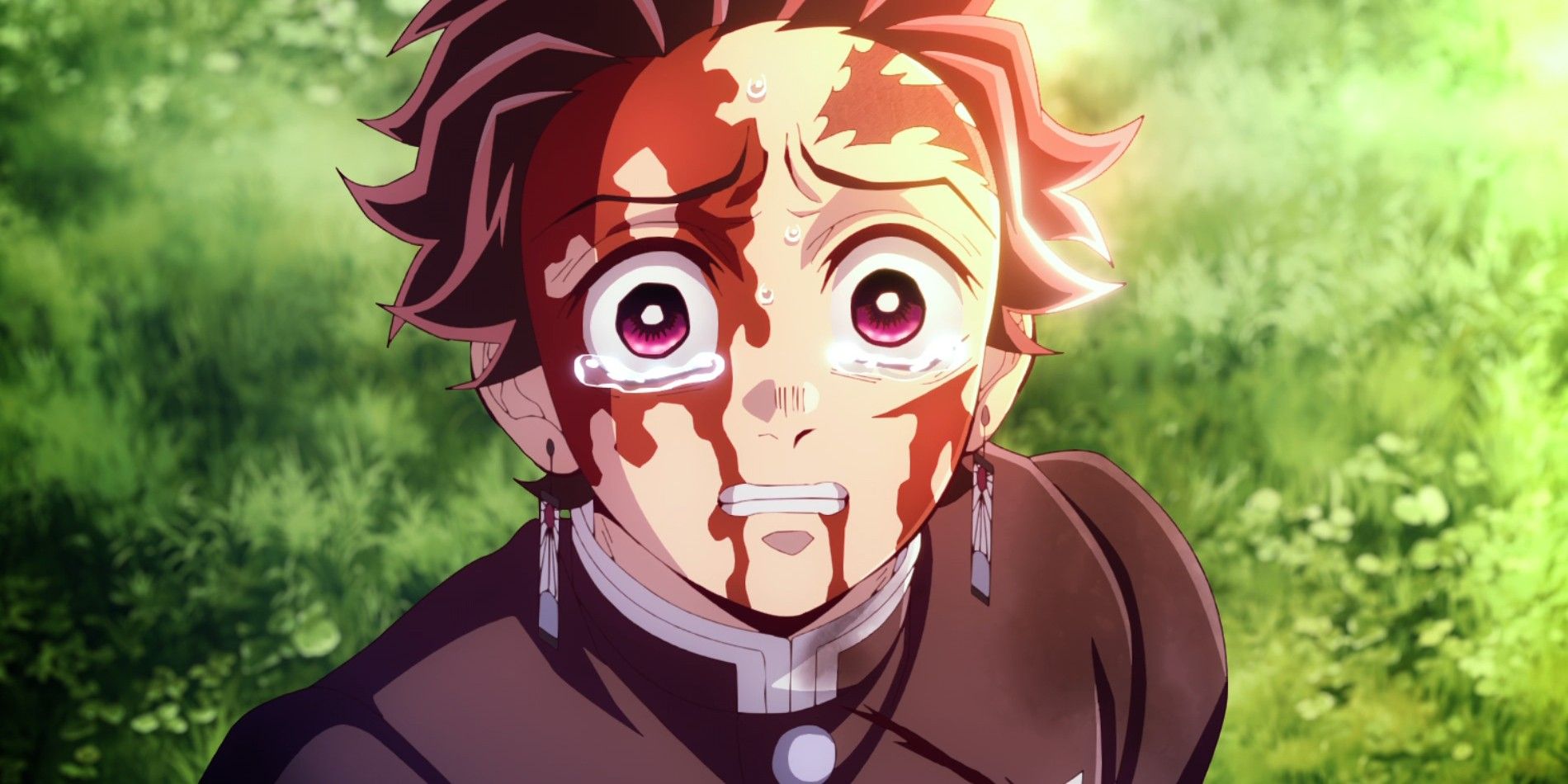
Related
10 Most Heartbreaking Character Deaths in Demon Slayer, Ranked
Demon Slayer delivers gut-wrenching deaths that leave a lasting impact.
The 12 Demon Moons Are at a Vulnerable Point in the Demon Slayer Timeline
In Some Ways, They’re More Vulnerable Than the Hashira
Demon Slayer‘s lore makes it clear that nearly all demons mock human beings for being fragile, mortal beings who will die from just a few injuries, while demons are supernatural, superhuman creatures who can survive would-be lethal injuries. Short of sunlight or decapitation with a Nichirin sword, demons are unkillable, giving them a strong sense of security. No demon ever expects to die, not even at the hands of their sword-wielding enemies, and that sometimes makes them complacent or sloppy in battle. But it is not just the Hashira whom the 12 demon Moons must fear in battle, because they are just as likely to die at the hands of their own creator and boss, Muzan.
It’s not enough for the most powerful Demon Slayer Corps members to subvert demons’ self-image of invulnerability. Their attitude of lofty immortality and perfection was also shattered in a big way when the five remaining Lower Moons all assembled in the Infinity Castle to meet Nakime and the demon king himself, Muzan. While the Lower Moons were always nervous around their powerful and cruel boss, they did not ever expect to die by his hand — and that is exactly what happened to four of them. Season 1 of Demon Slayer ended on a shocking note as Muzan personally dispatched four of the Lower Moons, sparing only Enmu, the strongest of them. Muzan’s stated reason was his simple frustration with the Lower Moons’ limited power, venting his frustration on them in brutal fashion. He has neglected to reconstitute the Lower Moons since.
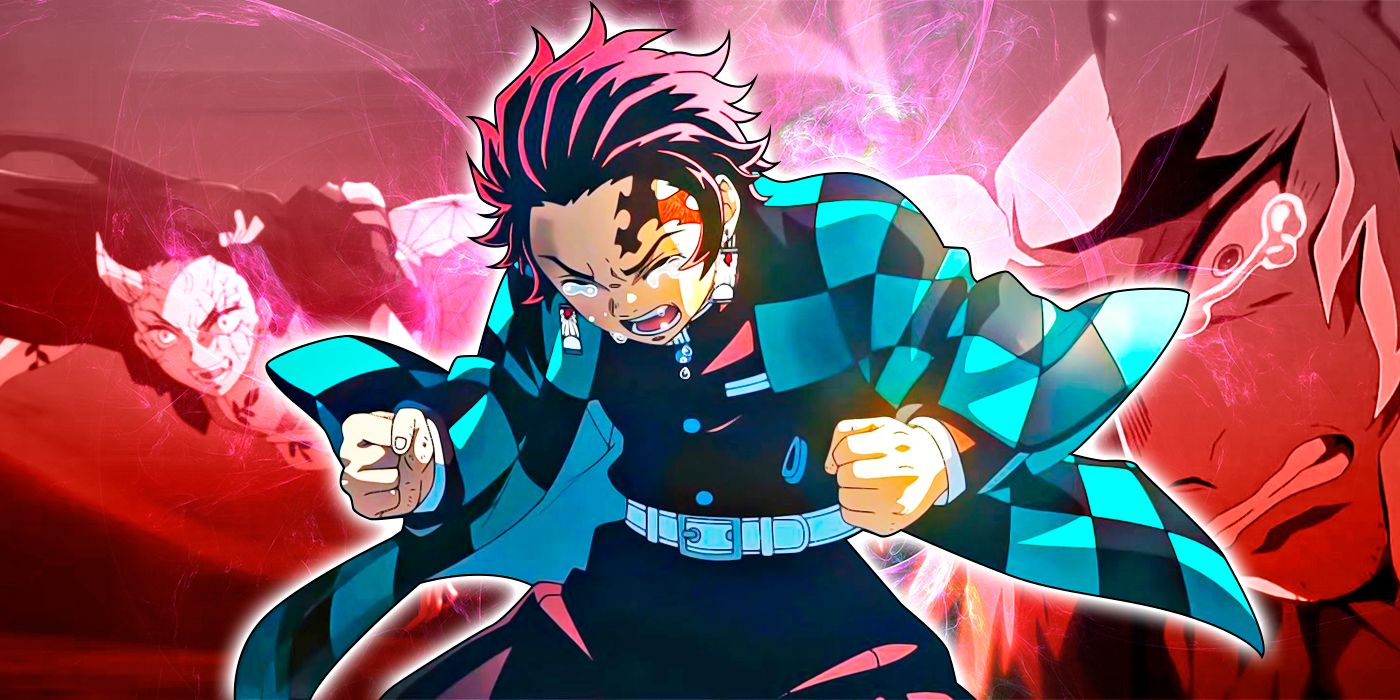
Related
The 15 Saddest Moments in Demon Slayer, Ranked
Demon Slayer is undoubtedly an emotionally charged shonen — so much that even its villainous demons are worth some sympathy.
That alone spoke volumes about how vulnerable the 12 demon Moons actually are, even if all demons and the Moons in particular view themselves as immortal, perfect beings who should fear no human. It was ironic in some ways, too, with the Moons scorning humans as frail creatures liable to get killed off, only for the Moons to experience a similar fate — and at the hands of a demon, no less. It proved no demon could take their power and immortality for granted, and the supernatural gift Muzan bestowed on them could be taken back at any time, for any reason. All of the Moons made a deal with the devil, joining a pact that could sometimes make them more vulnerable than any demon slayer.
Not even the ultra-powerful Upper Moons are immune to this thematic irony, as later episodes of Demon Slayer showed. Granted, Muzan didn’t try to kill off the Upper Moons, and the surviving Upper Moons of the time would have put up a much better fight than the Lower Moons did, but the fact remains every single Moon is a disposable tool for Muzan. To hint at that possibility, Muzan noted to himself the Upper Moons were proving useless, unable to find and deliver the blue spider lily even after a few centuries of tireless searching across Japan. Muzan didn’t deliver on threat, but even so, the fact he said so strongly suggests he could wipe out the Upper Moons if desired, and it shows an utter lack of sentimentality among the demons. The Lower Moons were dispatched, the Upper Moons were put on probation, and it all means the mighty Moons are vulnerable to the demon who gave them everything.
The 12 Demon Moons Prove Teamwork is Rare Among Demons, as They Tend To Work Independently
Yahaba and Susamaru Are Still the Exception
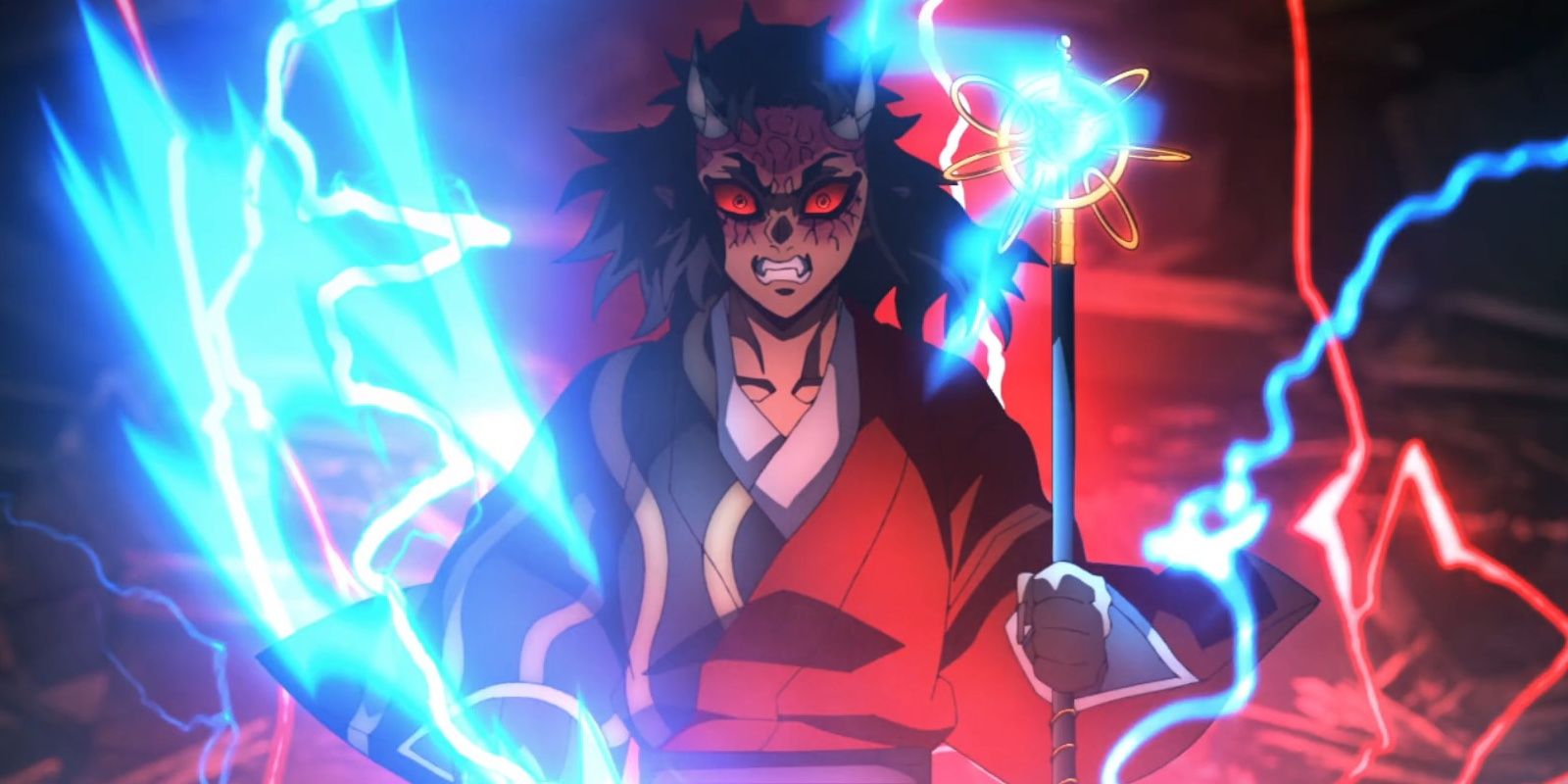
Early on, protagonist Tanjiro Kamado noted how demons rarely work together, with demons being prideful, solitary hunters, and that trend has continued throughout the anime, even among the 12 Moons. There have only been a few exceptions to prove the rule, such as the demonic duo Yahaba and Susamaru in that Tokyo battle sequence, not to mention Rui the Lower Moon 5 forming a twisted found family of spider demons in Mount Natagumo’s forest. For the sake of variety and giving the villains some new tactics, it was inevitable Demon Slayer would bend its own rule about demons being solitary hunters, but as a whole, the rule remains intact, even among the 12 demon Moons.
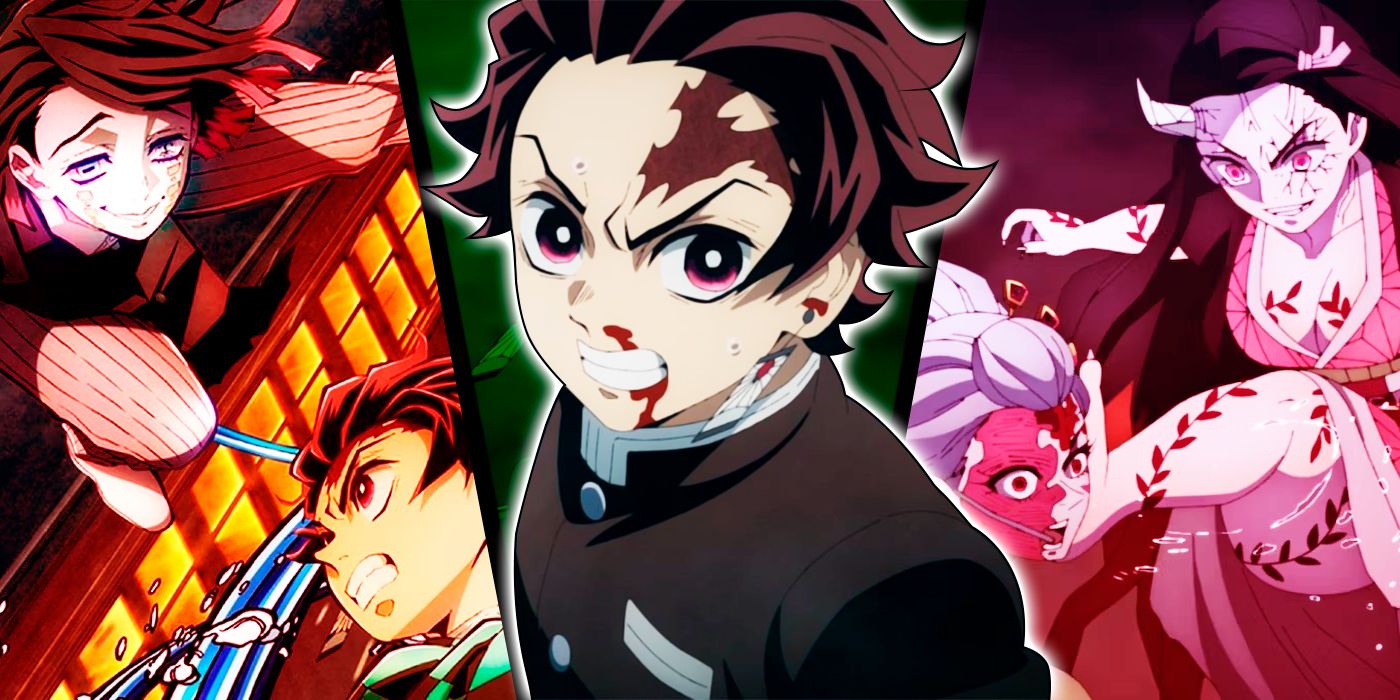
Related
The 15 Best Demon Slayer Fights, Ranked
Demon Slayer is known for its intense and visually stunning battles, and the best ones add depth to the characters — both human and demon.
On one hand, the 12 Moons are powerful enough so they don’t need to form teams when fighting the demon slayers, but when facing the Hashira, the Moons would benefit from forming duos or even trios, especially in the case of the weaker Lower Moons. If two Hashira showed up, the Moons would need the benefit of numbers as well, but they deny themselves this basic tactical edge. Aside from Rui, Daki, and Gyutaro, the Moons can’t be bothered to form teams or rely on other demons, even when a fight proves tougher than expected. Even the Upper Moon 4, Hantengu, only wanted to form a team with himself as he split into several bodies to fight Tanjiro’s squad. He and Gyokko were both sent to the swordsmith village, but they fought alone, not bothering to back each other up when fighting Mitsuri, Muichiro, and the others.
This means the demons not only lack the power of friendship and teamwork when fighting, but also means they would rather die as prideful solitary hunters than ask someone else for help. To that point, some of the Upper Moons openly dislike each other, such as Akaza having antipathy for Doma and Kokushibo, and Hantengu acted afraid of his fellows and didn’t ask anything from them. Perhaps in times past, this lone-wolf attitude served the Moons just fine, but in the Taisho era, with strong Hashira and Tanjiro’s squad of elite heroes on the scene, the 12 Moons can’t afford to keep up their lone-wolf ways, yet they are still doing so. Even after Daki and Gyutaro fell, Hantengu and Gyokko couldn’t be bothered to support one another as a new duo.
The Demon Moons Embody the Idea That Demons Haven’t Evolved in Demon Slayer
Demons Think They Don’t Have to Bother Adapting
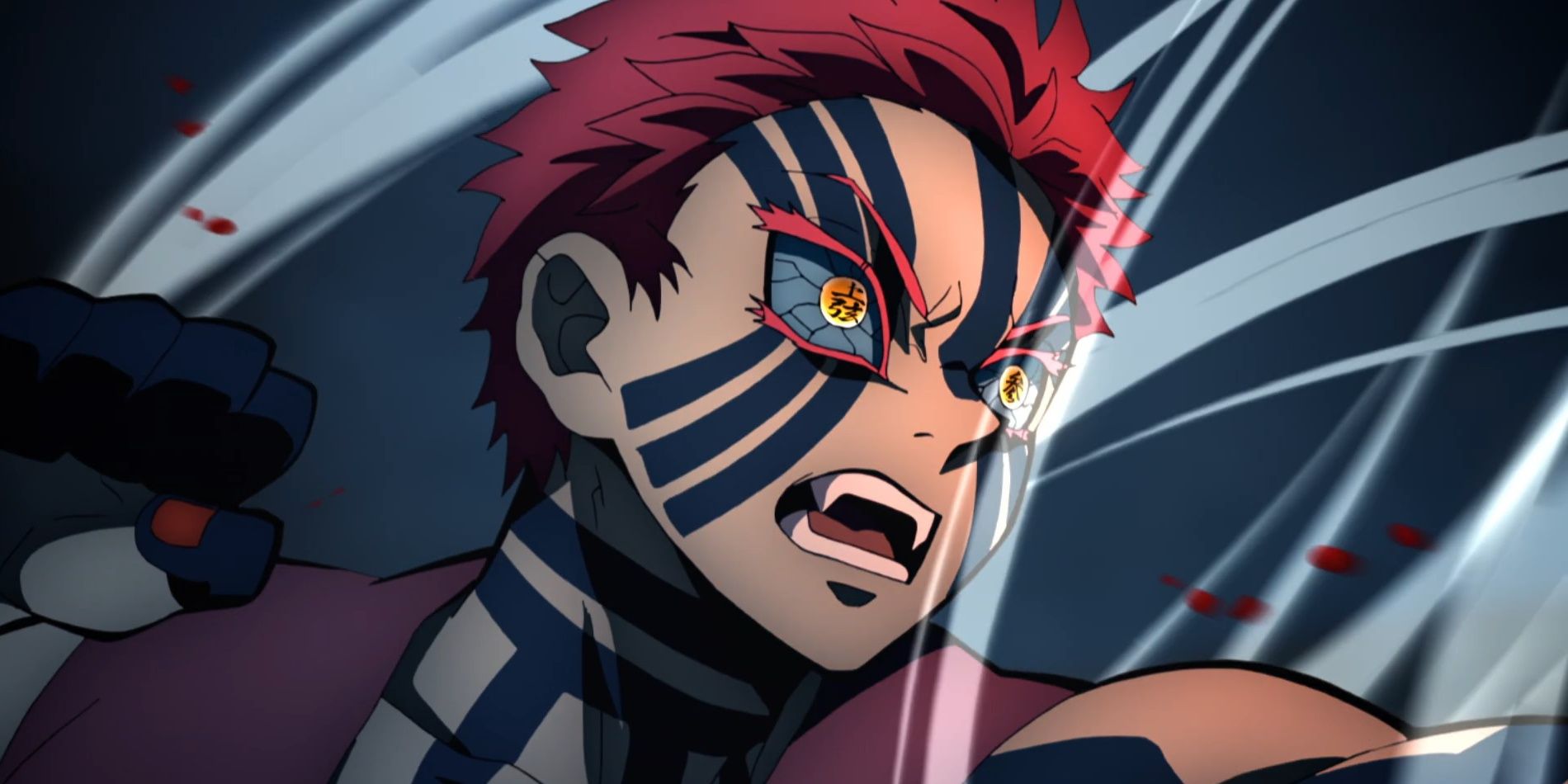
The demons, and the 12 demon Moons in particular, are overconfident from their immortality and superhuman power. This has consequences including not just a lack of teamwork and friendship, but also a deep reluctance to adapt and evolve to overcome challenges. Throughout most of Demon Slayer‘s history, the demons were the challenge to be overcome, daring the humans to get stronger and smarter, and now that challenge has reached new heights. More than ever, the Demon Slayer Corps’ members of every rank are resourceful, tenacious, and committed to friendship to even the odds when fighting demons. Perhaps in the past, the Moons could afford to sit back and dare the humans to try and catch up. Now the humans have caught up, and the Moons don’t have a plan for how to deal with that.
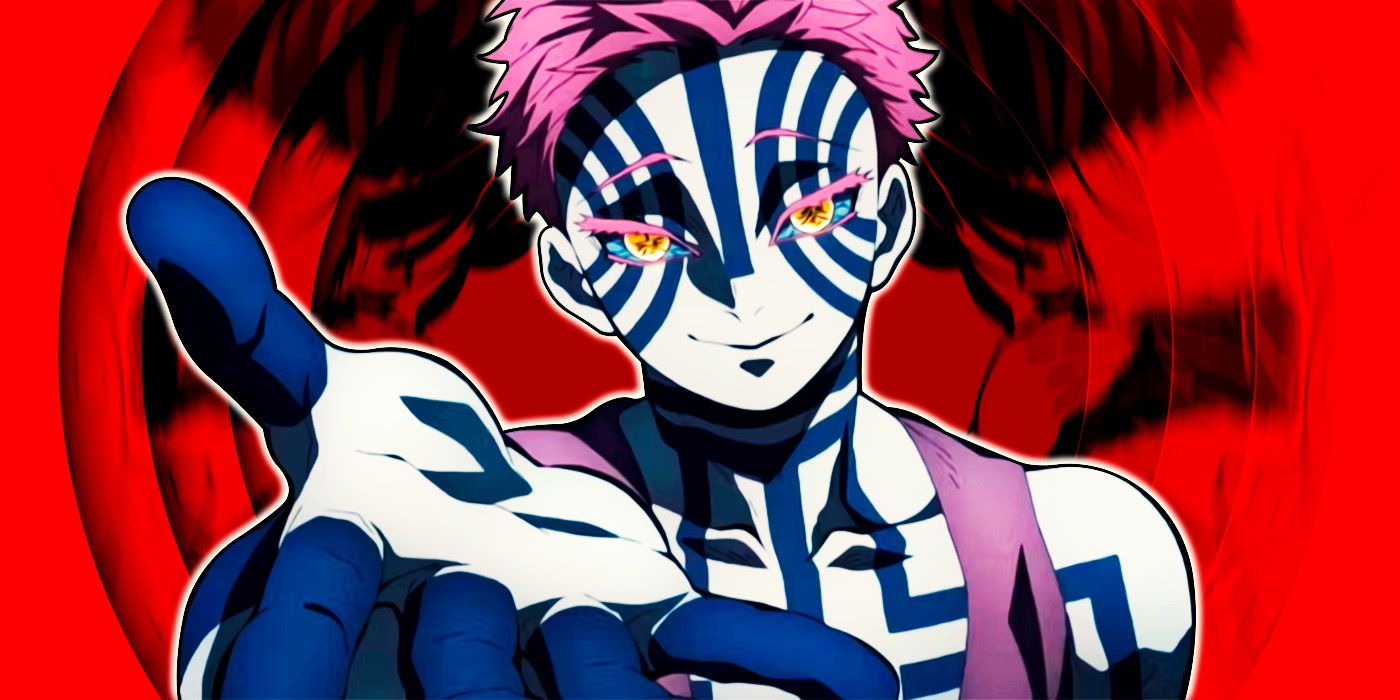
Related
10 Demon Slayer Characters Who Deserve More Screentime
Discover 10 Demon Slayer characters who deserve more screen time, enriching their backstories and making their eventual roles even more impactful.
That’s not to say the Demon Slayer Corps suddenly has it easy, because losses have been sustained when fighting the Upper Moons, mainly Kyojuro Rengoku and Tengen Uzui. Still, by the time Tanjiro became a full-time member of the Corps, the Moons were in trouble. For the first time in over 100 years, the Upper Moons lost a member, with Daki and Gyutaro dying in the entertainment district, and Gyokko and Hantengu soon followed, to Kagaya’s great pleasure. Among other things, that reflects the stale nature of the demon world even at the apex, with demons being complacent as humanity’s predators and neglecting to evolve or learn new tricks. By contrast, that’s all the demon slayers do, and it’s paying off in ways the Moons weren’t ready for.
While humanity made great strides in the Taisho era with modernization and new technology, demons remained mythological monsters out of the past, the relics of a primitive era when humanity was at its most vulnerable. Demons live in their own little world, hardly noticing or caring as human civilization marched forward. It’s evident on many levels demons no longer belong in the world, not even the Moons, and that’s a good reason why’re they’re being killed off now — to make room for a 20th century for humanity alone to thrive in Japan and face a better future.



